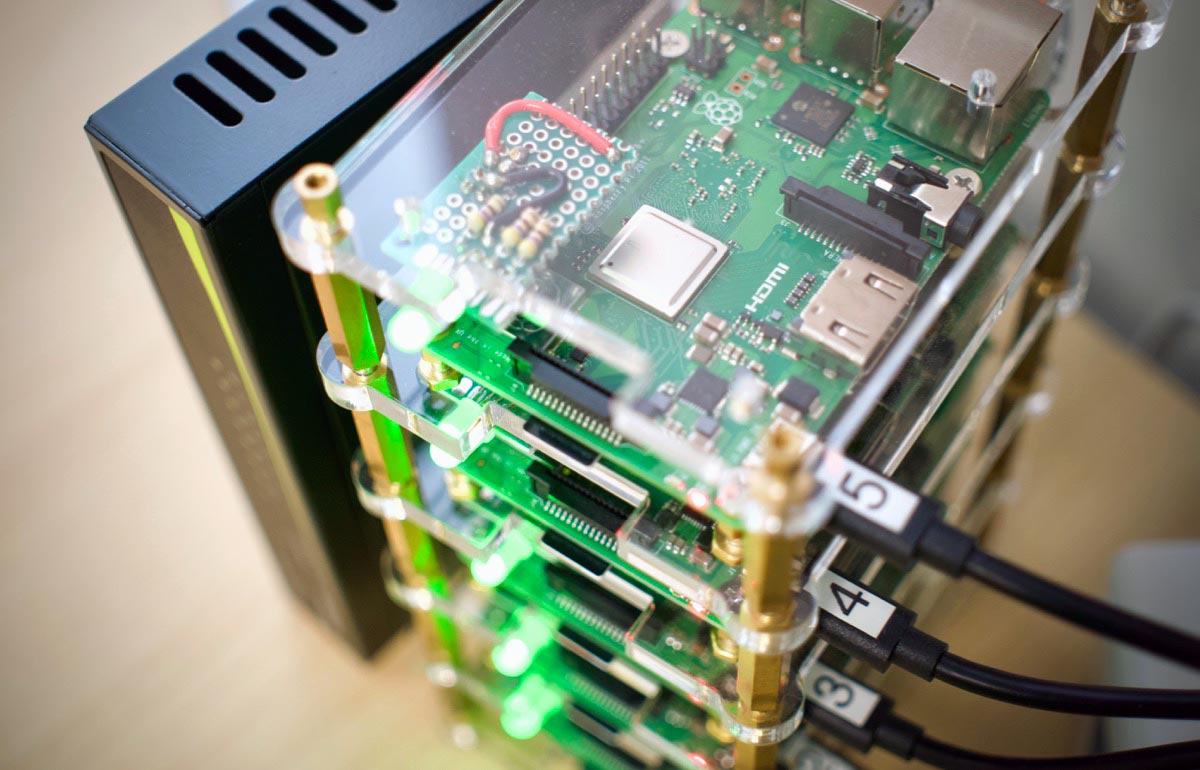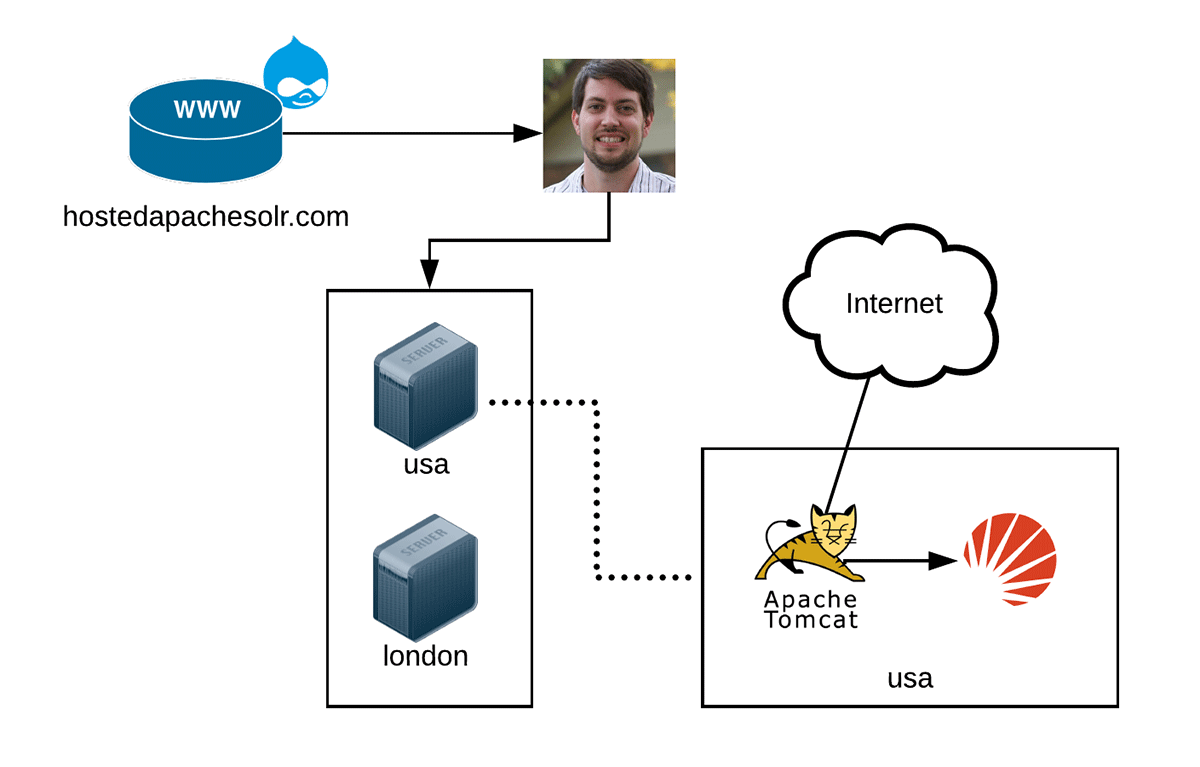Newer versions of Ansible don't work with RHEL 8
Note: This problem may occur on other older distros as well, like Ubuntu 18.04.
Red Hat Enterprise Linux 8 is supported until 2029, and that distribution includes Python 3.6 for system python. Ansible's long been stuck between a rock and a hard place supporting certain modules (especially packaging modules like dnf/yum on RHEL and its derivatives, because the Python bindings for the packaging modules are stuck supporting system Python.
Users are getting errors like:
/bin/sh: /usr/bin/python3: No such file or directory
The module failed to execute correctly, you probably need to set the interpreter.\nSee stdout/stderr for the exact error.
...or...
SyntaxError: future feature annotations is not defined
As ansible-core evolves, they don't want to support old insecure versions of Python forever—Python 3.6 was out of security support back in 2021!.


